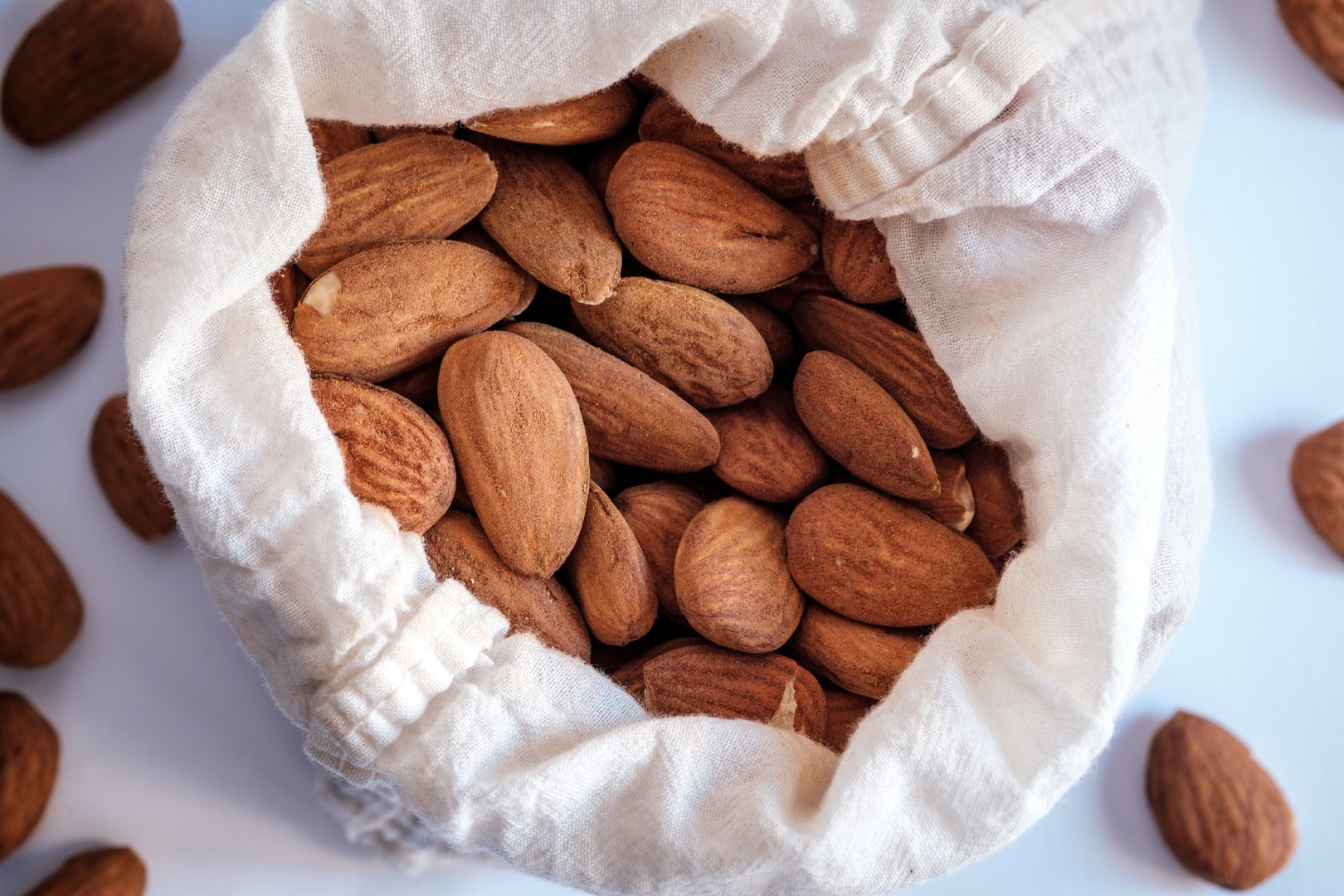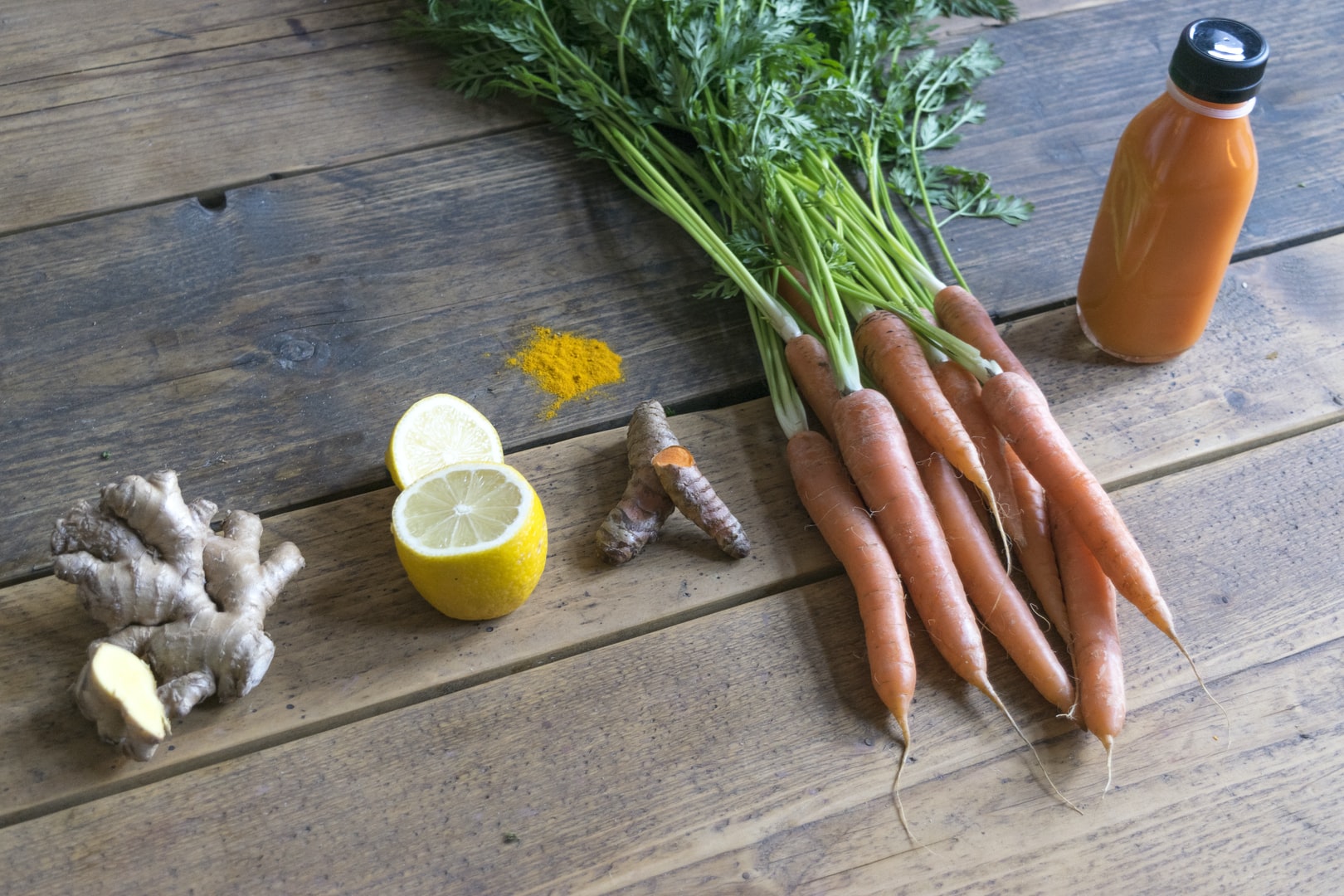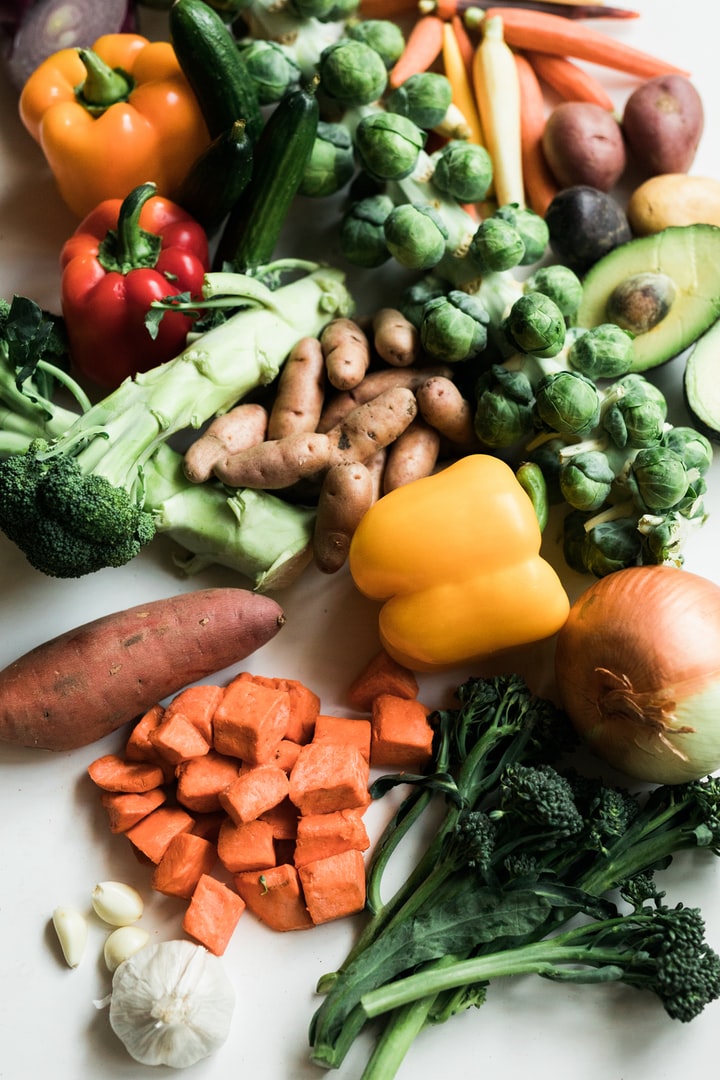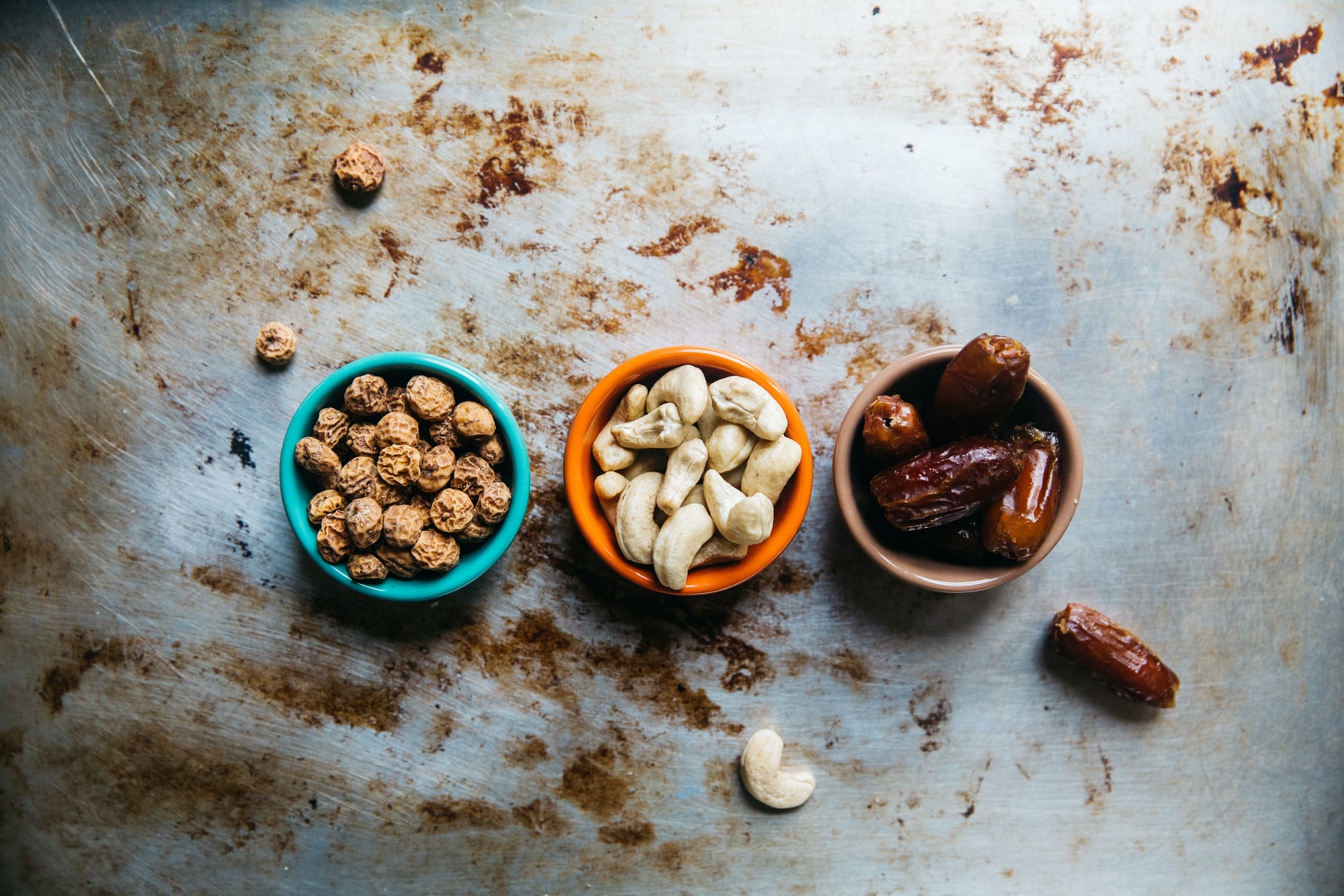Oxidative stress - Antioxidants and Health
Antioxidants are necessary
to avoid damage to the human body
Antioxidants - the body's defence against free radicals
The task of antioxidants in the body is to neutralize and damage so-called free radicals that are constantly formed in connection with the energy metabolism in our cells. Experimental studies have shown that free radicals i.a. can damage the genetic material in the cells (DNA), alter the function of important proteins and oxidize polyunsaturated fats. They start destructive processes that can give rise to ill health and disease. Examples of conditions that are linked to oxidative damage from free radicals: aging, cancer, Alzheimer's disease, atherosclerosis, cardiovascular disease, inflammatory conditions, cataracts, rheumatism.
Fruits and vegetables, good and natural source of antioxidants
Fruits and vegetables contain many different types of antioxidants. The most well-known are vitamin C and E and beta-carotene. The content of certain minerals is also important. All these substances are also needed for other biochemical functions and the survival of life and are therefore essential nutrients, ie. we can not be without them. However, our diet contains a lot of other substances that are very potent antioxidants. There are mainly 2 groups mentioned, carotenoids and flavonoids. Carotenoids are yellow and red plant dyes where carotene in carrots and lycopene in tomatoes are best known. Lycopene is twice as effective as beta-carotene. Flavonoids are also found in vegetables and fruits but also in tea, red wine and fruit juices. Green tea has about 6 times more antioxidant effect than black tea.
Examples
Daily basic supplements of antioxidants

Vitamin E
40-100 mg

Vitamin A
1-2 mg

Vitamin C
200-400 mg

Vitamin B6
1-2 mg

Vitamin Q10
20-40 mg

Vitamin Selenium
50-100 mg

Zinc
10-15 mg
Free
radicals - Oxidative stress
Oxygen, needed for the survival of life, is the largest source of free radical formation. The most important task for oxygen is to react in all cells with different known stubble substances. In this oxidation process (combustion), life-giving energy is released at the same time as water and carbon dioxide are formed. However, a few percent of the oxygen reacts differently and a free radical, superoxide, is formed which reacts rapidly with other substances, whereby new radicals are formed in a chain reaction. Bl.a. the hydroxyl radical is formed which is biologically the most reactive and toxic substance known. Certain enzymes in the liver that handle the breakdown of toxic substances e.g. chemicals, pharmaceuticals, etc. also contribute to an increased production of free radicals. There is also a conscious active production of superoxide radicals in the body. Some cells in our immune system use radicals to attack and kill bacteria that have no defence against radicals. All stress from free radicals puts the body exposed to oxidative stress.
Measurement of oxidative stress
In view of the harmful effect that oxidative
stress has on the body, it is important to have as low a level as
possible. Elevated values indicate an immediate need for
additional supply of effective antioxidants. In order to be able to
assess whether this need exists as well as the effect of treatment,
good measurement methods of oxidative stress are therefore needed.
FRAS (Free Radical Analytical System, IRAM Srl) - the oxidative
stress level can be measured directly via a simple test that requires
only a few drops of blood. The analysis is obtained within a few
minutes.

